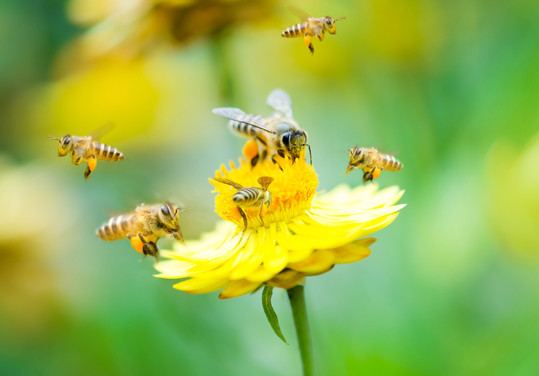| February 2022  An invasive pest that directly attacks pollinators indirectly threatens plant health—and U.S. agriculture. That's where USDA's Plant Protection and Quarantine (PPQ) program comes in. The Plant Protection Act (PPA) authorizes us to regulate direct and indirect plant pests. That's a critical responsibility when it comes to pollinators because bee pollination is responsible for $15+ billion in added crop value—particularly for specialty crops such as almonds and other nuts, berries, fruits, and vegetables. Think how boring and less nutritious our diet would be without these delicious foods! Read more  USDA's Plant Protection and Quarantine (PPQ) program continues its Science and Technology (S&T) laboratory article series by highlighting the Plant Pest Risk Analysis (PPRA) unit, formerly known as Plant Epidemiology and Risk Analysis Laboratory, in Raleigh, NC. As a global leader in plant health risk analysis, PPRA facilitates safe trade and supports science-based safeguarding decisions within PPQ and around the world. Read more Check Out These Other Stories About Plant Protection Today Every day, USDA's Plant Protection and Quarantine (PPQ) employees collaborate with many partners, cooperators, and stakeholders to protect plant health. To stay on the leading edge, PPQ explores scientific frontiers, develops new plant protection methods, and makes critical advancements. These efforts safeguard our nation's agricultural and natural resources while facilitating the safe global trade of agricultural products. Plant Protection Today highlights some of PPQ's most successful and impactful programs and activities. Please send your feedback and comments to: PPQ.Plant.Protection.Today@usda.gov |
No comments:
Post a Comment